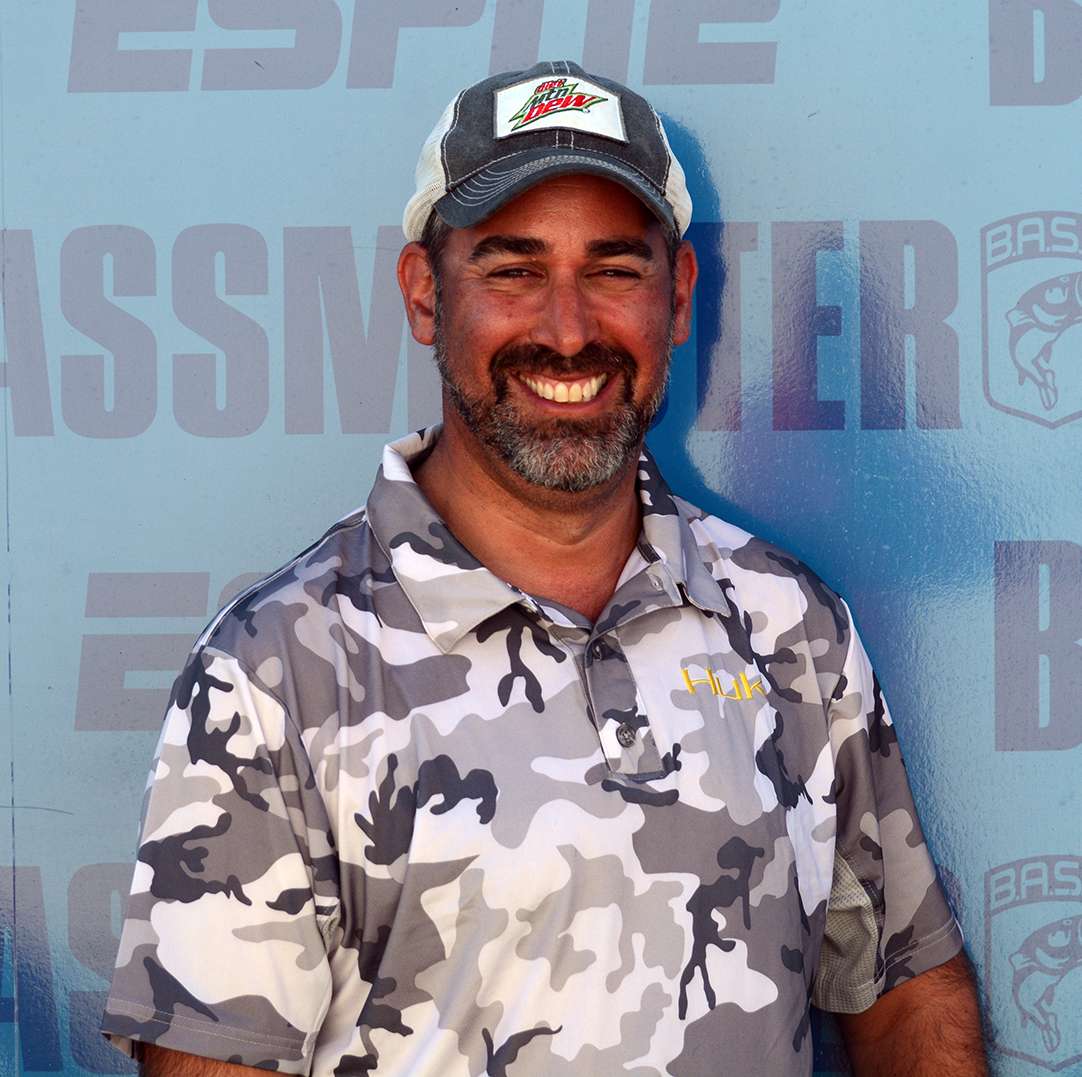
When Denny Brauer left Nebraska in the early 1980s to pursue a career on the professional Bassmaster Tournament Trail, he settled on the shores of newly opened Truman Reservoir in Missouri and opened a guiding business. He was in heavy demand, too.
While just about every inch of Truman's miles of standing timber looks like it should hold a bass or three, there are subtle keys to finding where they live. "It's a heavily timbered body of water," he explains. "It can be very confusing for an angler to run all around in that timber trying to figure out where the fish are, especially at certain times of the year when they want to suspend in the upper water column."
One thing he quickly learned is that the fish tended to gravitate to any cover that distinguished itself from the predominant hiding places. Typically, among the standing trees, that meant horizontal logs. "Any time you've got a floating tree in a bunch of standing timber, it becomes an automatic focus for those fish," he says. "It offers more shade and something different than everything else around it. They're just going to gravitate to it."
He says that this phenomenon is not necessarily limited to ultrashallow water, where the logs rest along the bottom of the lake. "It can be out there in 30 feet of water. It can be a fallen tree wedged in the timber, and those fish are going to be up in there, suspended all around it."
Depending on the water temperature, clarity and depth, he'll try any one of several different lures, but he's rarely without his trademark jig. "If that horizontal cover is relatively shallow, I'm probably going to make multiple pitches or flips to it and let it go to the bottom, hoping to hit the fish on the head and get the reflex strike," he says.
"But if it's deeper than 3 feet I'm going to be swimming my bait. I'll throw a Strike King Series 4 square-bill (crankbait) that will get to the proper depth beneath it but not get too deep. I'll also swim a jig or work a topwater parallel to it. I want to fish the whole log and the whole strike zone rather than just a 6-inch portion of it at a time.
If the fish are suspended, why spend all of your time on the bottom?" Once he figures out the general depth the fish are using and the type of cover that they favor, it is pattern fishing at its best. "The perfect scenario is to refine it to the point where you do not have to fish everything," he says.
"If you get two or three bites and they all come off a horizontal log, why fish all of that vertical stuff? You kick it on high and find the next piece of cover like that, and your percentages will go up immensely because of that."
While the phenomenon of "different equals better" is often true in standing timber, that's not the only place where it can come into play. "It can be the exact opposite in boat dock fishing," Brauer explains. "You can have docks that do not have anything but flotation underneath them and then you'll come across a dock that has a pole structure anchored to the bottom. It's the vertical cover that becomes important," says Brauer.
"It's almost a case of opposites attract," he concludes. "Whatever the majority of your cover is, something different in that cover is going to be the key. So when you get a floating log in the midst of a bunch of floating timber, you better fish it."
(Provided by Z3 Media)





